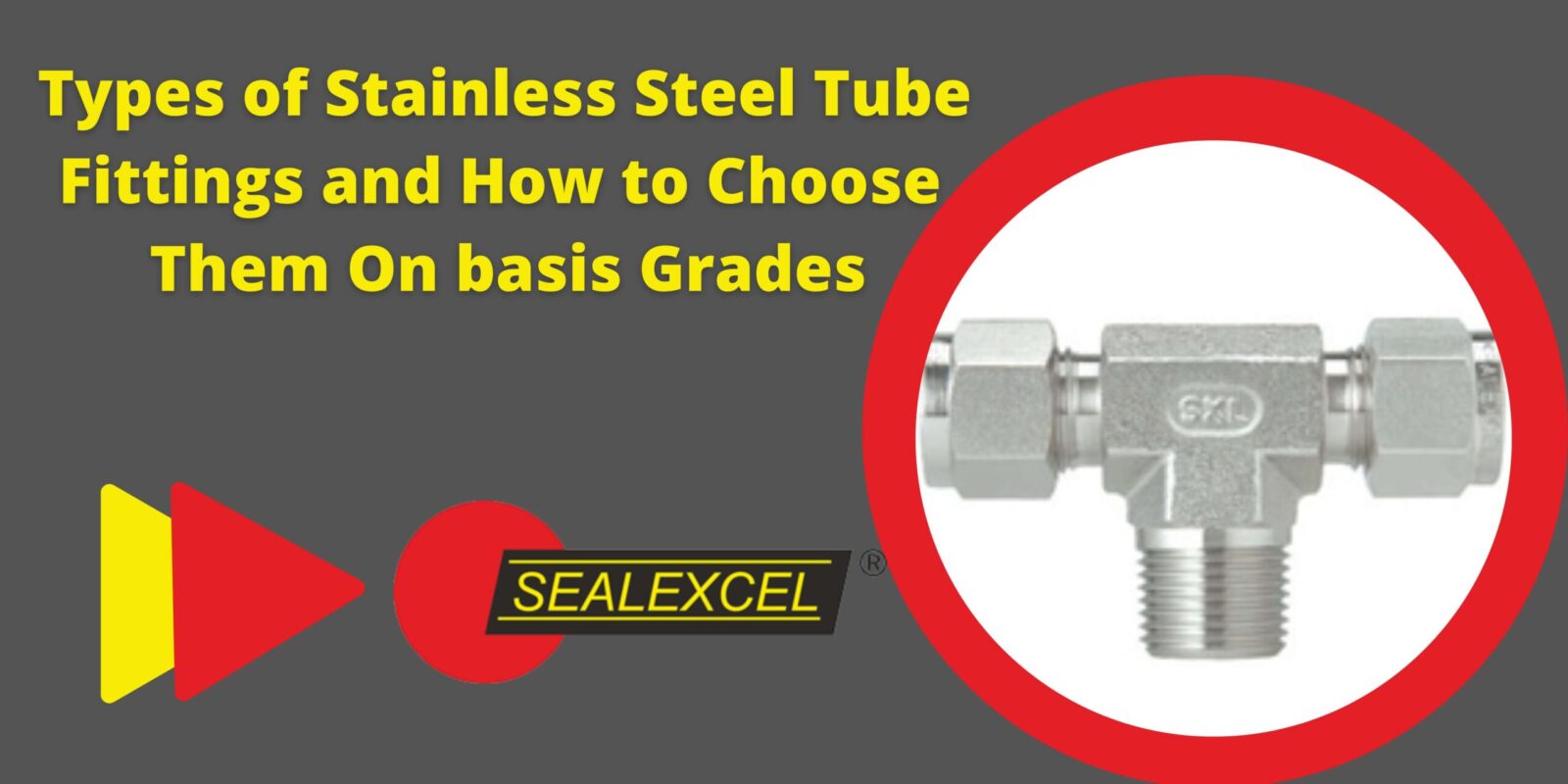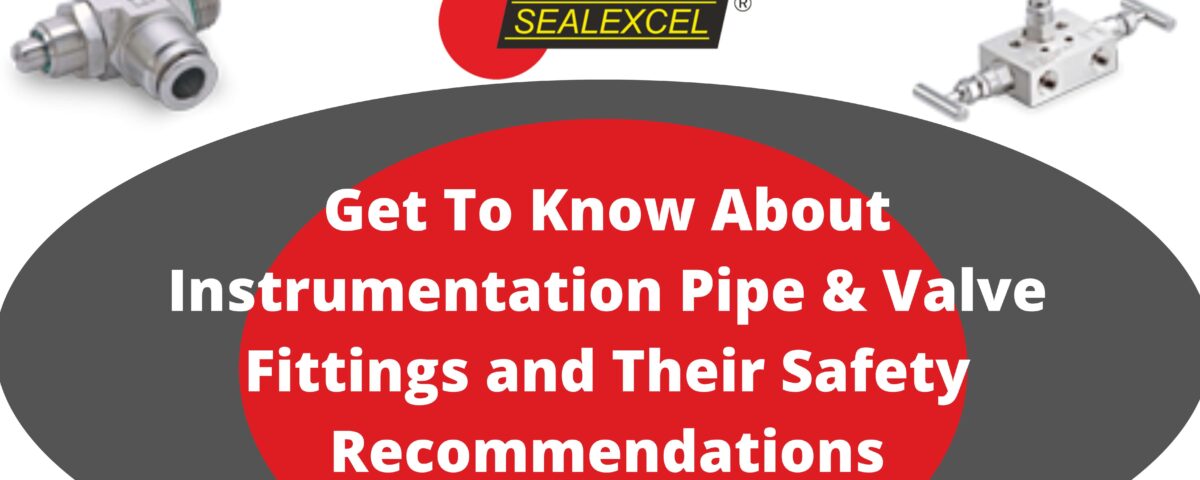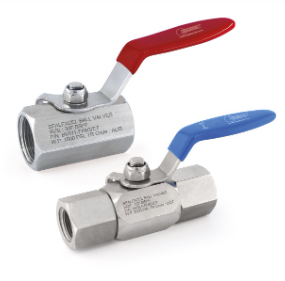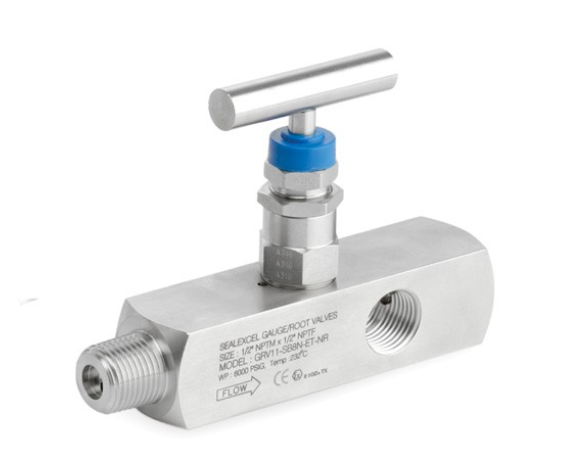Find the Best Ball Valves Manufacturer in India
September 3, 2021
Types of Stainless Steel Tube Fittings and How to Choose Them On basis Grades
August 3, 2022In the instrumentation process, we use pipe fittings to give engineers high-quality parts. These can be used for many different things. It can include mud, gas, liquid, chemicals, and other things that eat away metal.
Instrument pipe fitting is used in projects involving slurries, liquids, gases, chemicals, and substances that eat away metal. When it comes to fitting pipes for instruments, one of the many things you need to keep in mind is the safety rules that ensure they work right. If not, not only the pipes themselves but also the welding process will be dangerous. One must look at the shape, the material, and other details. When working with instrument valves and fittings, here are some safety tips to keep in mind.
Ventilation and welding precautions
It is essential to have enough ventilation, especially when using solvent chemicals or joining welded and PVC pipes. Fumes come from these chemicals. Make sure you don’t weld tube-built fittings together when you weld. Before you can work on the parts, you must take them apart. It can be made up of nuts, bolts, O-rings, seals, ferrules, and other things.
Also, make sure to protect the threads and seals on the hydraulic pipe at this time. You can do this by putting a plug over it. For this one, you can even use another nut.
Shield
A flame shield is another way to keep people safe. In the process of welding, this is very important. It stands out because this flame can grow and catch other things on fire.
Safety Gear
It is essential because the solder can get on you when working on joints or hydraulic pipe fittings above your head.
Flexibility
Flexible instrument valves and fittings are safer because they are less likely to break and let gas or water leak, which could lead to unexpected problems.
Caution under Pressure
Pressure is often put on pipefittings. When this happens, you should be careful not to tighten, loosen, or install these instrument pipefittings, as doing so can be dangerous. When tightening or loosening nuts and bolts, it is also essential to have a backup wrench.
Thread Lubricants
You must use suitable thread lubricants and sealants when working on tapered pipe threads.
The material
Another thing to remember when working with instrument pipe fitting is this. Ensure that the pipe and the pipefitting you are working on are made of the same material. So, if you are using threaded pipe fittings made of stainless steel, make sure you also use stainless steel tubes. So, if you are using threaded pipe fittings made of stainless steel, make sure you also use stainless steel tubes.
Some Other Safety Precautions
The type of fitting is something else to think about. There are different pipe fittings, such as threaded and slip fittings, and male and female.
As someone starts working with instrument valves and fittings, they will learn more safety tips. For example, to keep the pipes from cracking or bursting, some steel needs to be heated first, while others need to be cooled. You also need to check the gas flow, the weld quality, and the distance between the two tubes.



